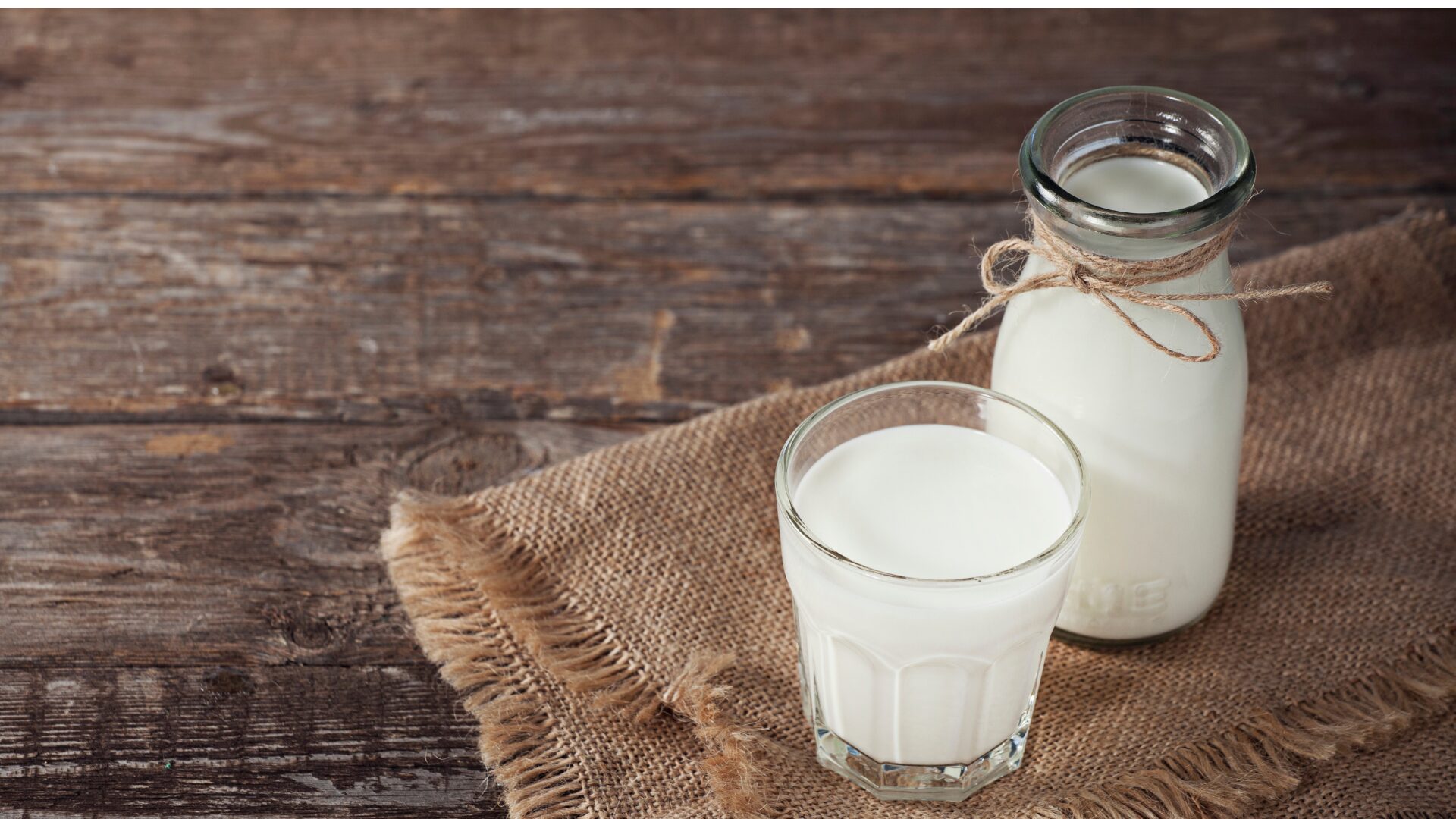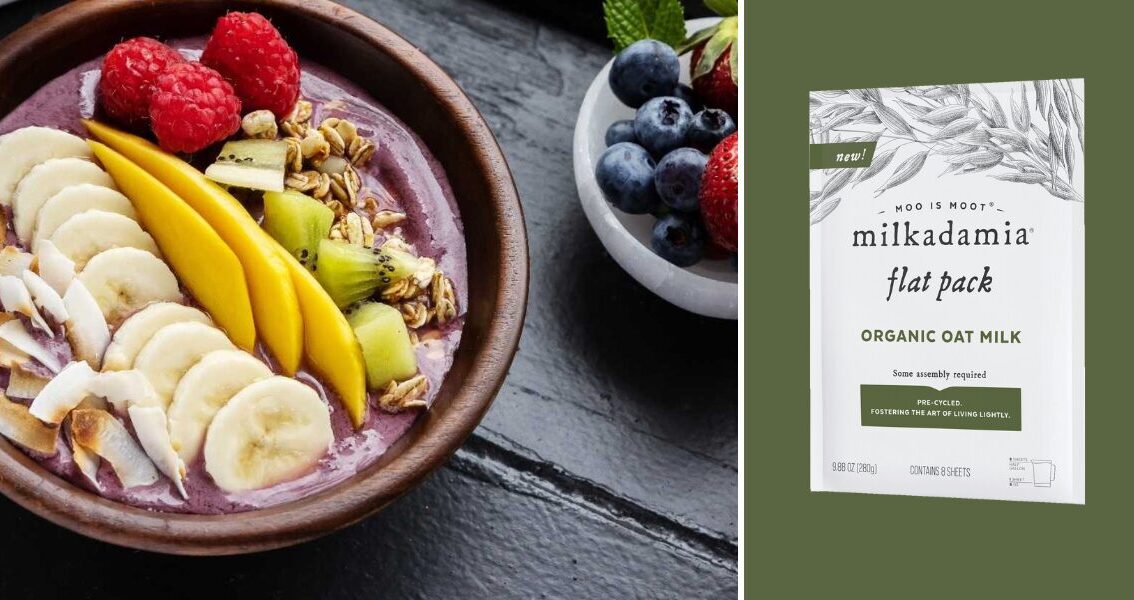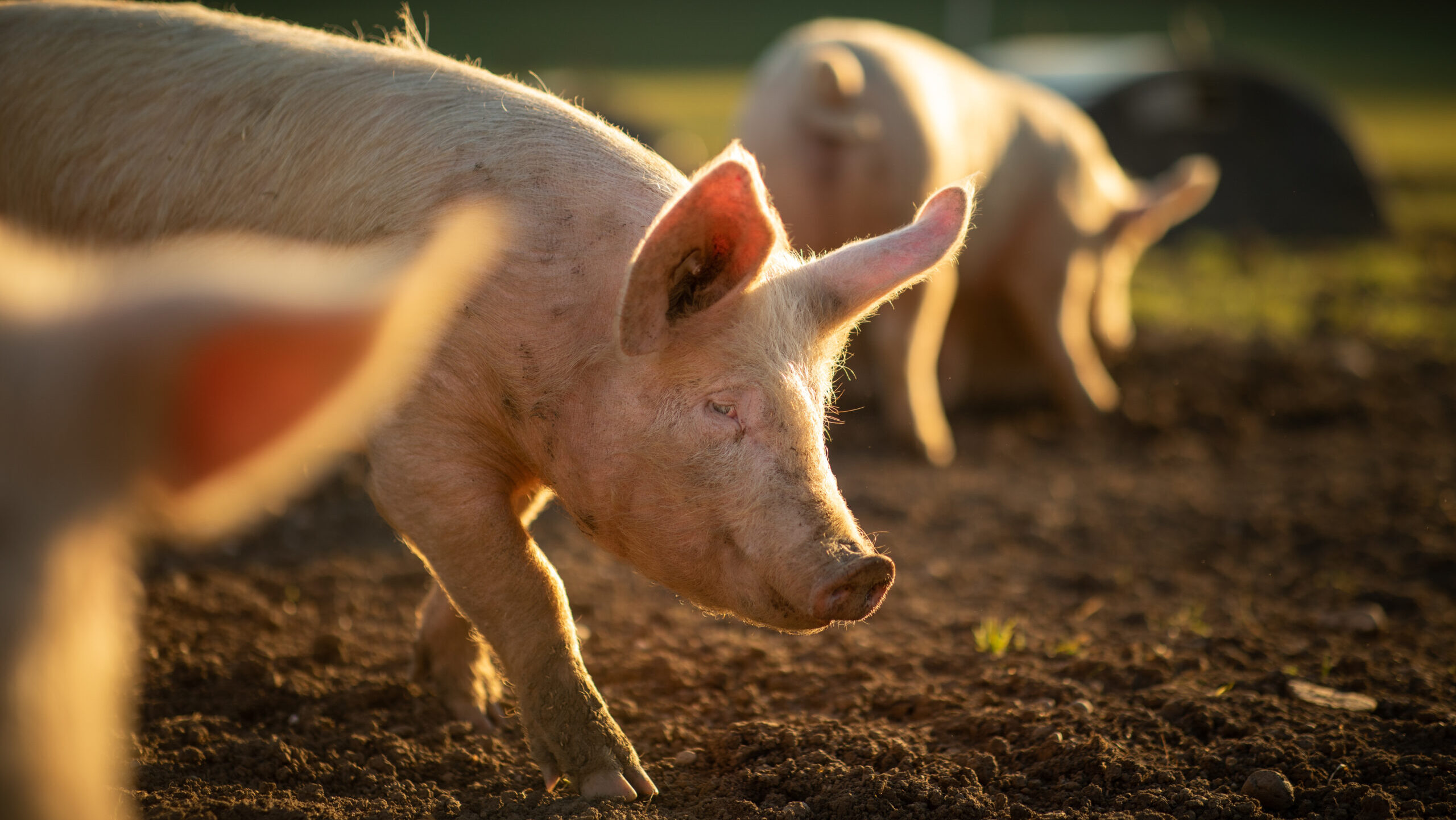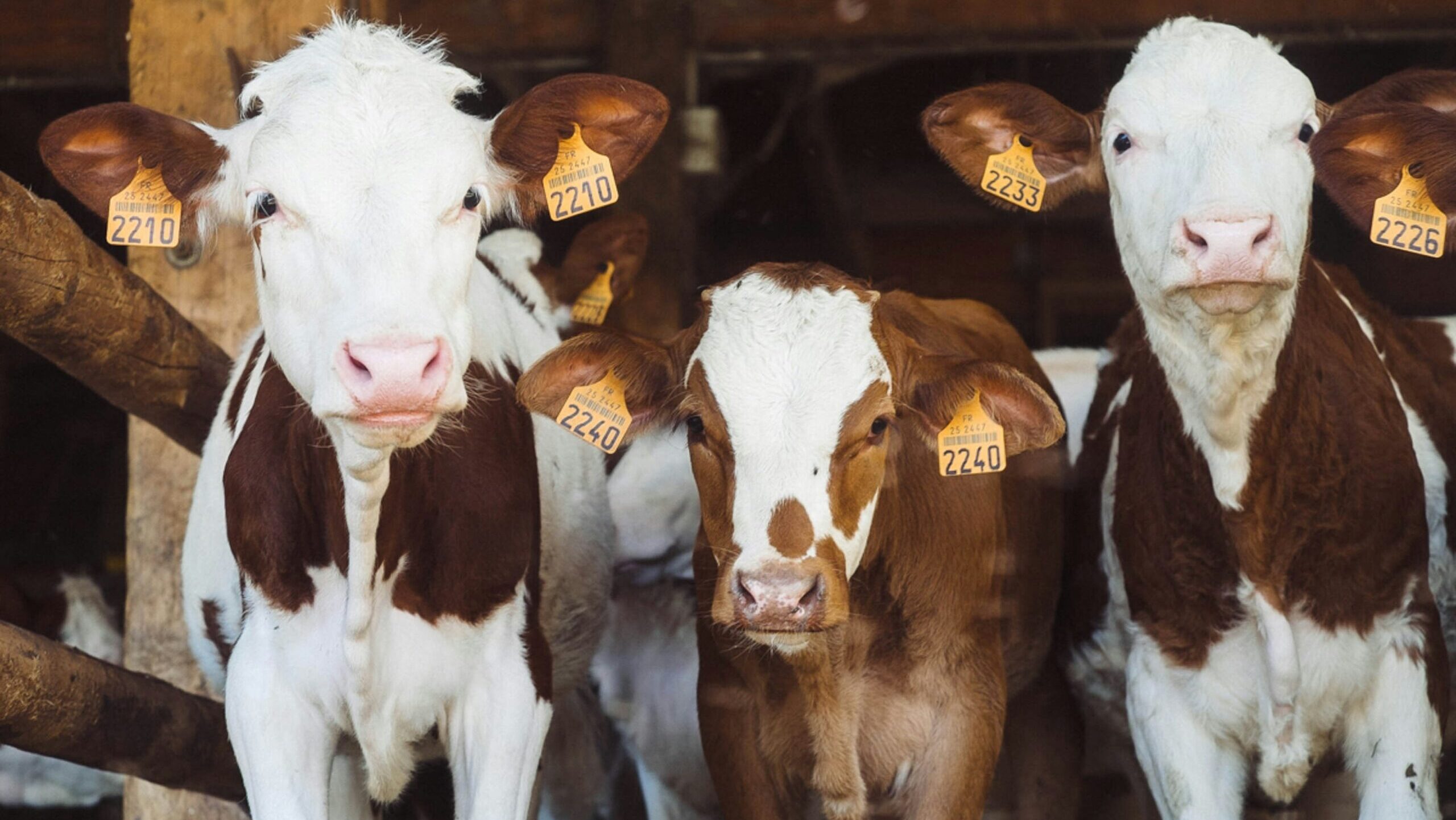We might be seeing more goat milk products in the near future.
The market is projected to grow at a CAGR of 4.6% and reach $17.9 billion by 2030, according to a new report by Grand View Research.
The Food Institute explored what’s driving growth and what we can expect to see from the market:
WHAT IS DRIVING GROWTH?
The benefits and versatility of goat milk is what’s driving popularity, Kate Paine, director of marketing at Vermont Creamery, told The Food Institute.
Additionally, Paine said that goat milk is more easily digested, has lower levels of lactose than cow milk, and a higher bioavailability of some minerals than cow milk.
“We also see the popularization of international cuisine in the U.S. is growing, and younger consumers are more open to experimentation with different milks, including goats’ milk,” said Paine.
The report from Grand View Research also found that demand for powdered goat milk is increasing among both consumers and manufacturers mainly due to long shelf life, which played a key role during pandemic-related lockdown.
Demand for the powdered variety is particularly increasing among infant formula manufacturers due to its high nutritional value, low sugar, high beta-casein, and lower alpha S1-casein, which reportedly helps digestion.
WHAT CAN WE EXPECT FROM THE GOAT MILK CATEGORY IN THE NEAR FUTURE?
Other than formula, products that leverage the natural properties and versatility of goat milk – such as the mild yet slightly tangy base, which can carry flavors well and take many form – also do well in the market, Paine said.
“We expect continued proliferation, with options for snacking, traditional meat-based protein replacements, everyday meal preparation, and high-end indulgences,” she added. “We also expect that as agriculture evolves, the benefits of lower impact goat farming will continue to be recognized and will likely gain traction.”












